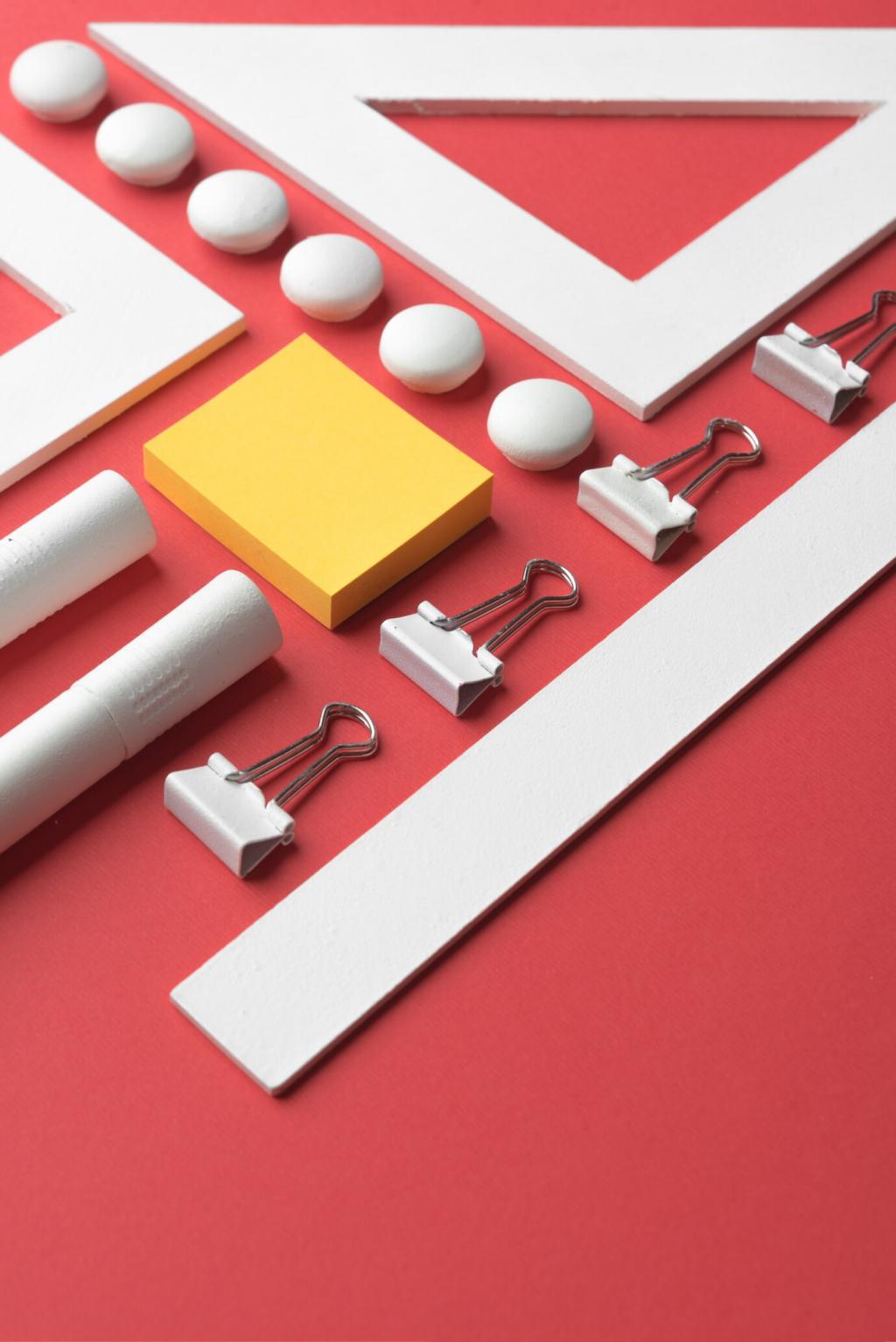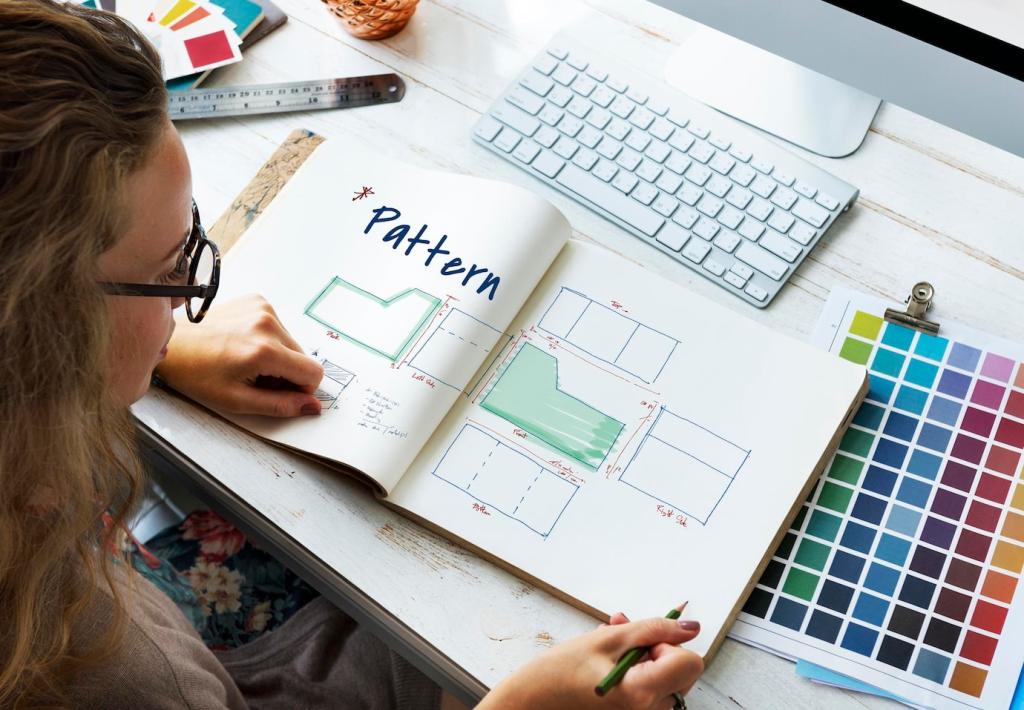Why Storytelling Matters in Interior Design Copywriting
Theme chosen: Importance of Storytelling in Interior Design Copywriting. Step inside a narrative-first approach that turns materials into meaning, plans into feelings, and rooms into journeys readers can imagine living in. Stay with us, share your voice, and subscribe for weekly story-driven prompts tailored to design brands.

From Features to Feelings: How Stories Sell Spaces
Studies suggest stories are dramatically more memorable than isolated facts, because plot structures help our brains organize information. When your copy frames a room as a sunrise ritual or a Sunday sanctuary, prospects retain the scene—and the studio—long after the specs fade.

Blueprinting a Brand Narrative
Condense your brand’s belief into a single declarative sentence that guides every paragraph. For example: “We craft light-first interiors that honor daily rituals.” This promise becomes the lens for case studies, newsletters, and captions, ensuring coherence across platforms and projects.
Sensory Storytelling: Writing the Way a Room Feels
Light, Time, and Movement
Narrate how morning light climbs the stair wall, where shadows rest at noon, and how pendant glow softens conversations at dusk. When copy traces the choreography of light, readers imagine themselves moving within it, which subtly transforms interest into desire.


Texture as Character
Treat materials as protagonists. The linen’s quiet grain tempers polished stone; brass grows wiser with fingerprints; oak remembers winter boots by the door. These tactile details build intimacy, helping clients picture daily life rather than abstract perfection.
Case Study: A Boutique Studio’s Narrative Rebrand
01
A small studio wrote case studies listing square footage, material schedules, and vendors. Traffic was steady, but inquiries stalled. Prospects said projects looked “nice” yet struggled to recall distinctions or feel a personal connection after leaving the site.
02
We reframed each project as a transformation arc: the problem, the constraints, the turning point, and the emotional outcome. Captions narrated client rituals, light patterns, and maker collaborations, folding specifications into scenes rather than bullet points.
03
Dwell time rose markedly, newsletter replies doubled, and consultations skewed toward ideal clients referencing story moments—“the breakfast nook that keeps Sunday slow.” The studio booked fewer calls but higher-quality projects, proving narrative attracts alignment, not just attention.
Narrative Techniques for Interior Design Copy
Metaphor Mapping
Choose a central metaphor per project—sanctuary, atelier, greenhouse, harbor—and let it guide verbs, imagery, and structure. A “harbor” home invites language about shelter, tide, and mooring, giving coherence without clichés when handled with restraint and specificity.
Micro-Stories in Captions
Treat each image caption as a three-sentence scene: set the moment, reveal a detail, land a feeling. This rhythm encourages scrolling while deepening connection, ideal for carousels where narrative momentum turns casual viewing into intentional reading.
Dialogue and Quotations
Sprinkle authentic client or maker quotes to break exposition and add truth-telling texture. A single line—“We finally eat breakfast together again”—can carry more persuasive weight than a paragraph of claims about function or flow.
Channel-Specific Story Craft
Open with a cinematic one-liner that names your promise, follow with proof through a concise story-driven project, then provide a clear path to inquire. Avoid jargon-heavy intros; begin where a client’s life intersects your design approach.
Authenticity, Credit, and Care

Tell the Truth, Beautifully
Acknowledge constraints and choices—the budget that redirected you to a smarter detail, the compromise that yielded a better flow. Honesty builds trust, and trust invites longer engagements where clients grant creative freedom.

Inclusive Language by Design
Use language that welcomes varied households and abilities. Avoid assumptions about family structures or routines; describe possibilities, not prescriptions. Inclusivity widens your readership and mirrors the diverse lives your spaces will ultimately serve.

Credit the Team
Name architects, artisans, and trades. Cite materials responsibly. Attributing craft inside your stories not only honors collaborators but also deepens the narrative, revealing the community of hands that shaped the atmosphere your clients will inhabit.

